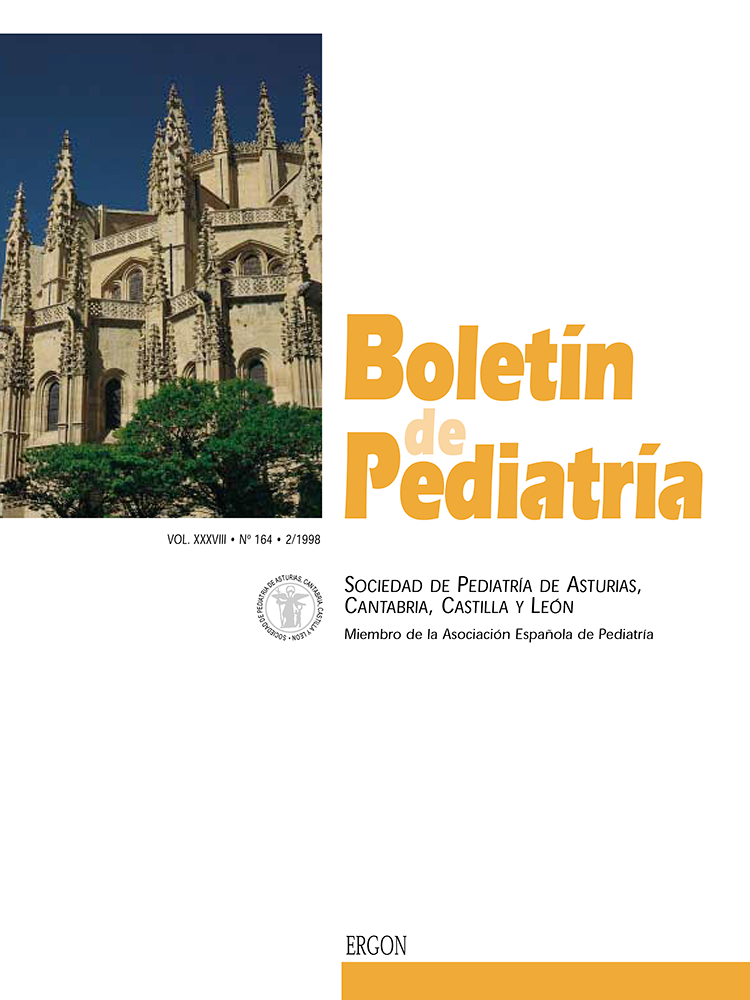Abstract
Objective: Analyze the meningococcal infections treated in a pediatric intensive care unit (PICU) in order to study the treatment, metabolic anomalies, mortality and morbility according to the severity, and estimate the incidence of the different Neisseria meningitidis serogroups.
Methods: Retrospective study of the patients admitted to our PICU with the diagnosis of meningococcal infection during a 24 month period. An analysis of the age, clinical picture, mortality, morbility, lenght of stay and meningococci serogroup was performed. The infection severity was classified in four groups: sepsis, sepsis syndrome, early septic shock and late septic shock..
Results: Forty patients (mean age: 46.8 ± 43.2 months) were admitted in the PICU with meningococcemia. Hypocalcemia and hypokaliemia were present in 17 (42.5%) and 22 (55%) children, respectively. Twenty-one patients, all from the early or late septic shock groups, needed inotropic support. Fresh frozen plasma, platelets or packed red blood cells were administered to 20 patients. The culture was positive in 21 children (52.5%). The incidence of serogroup C was 66.6%. The mortality was 7,5% and the morbidity 7,5%.
Conclusions: Meningococcal sepsis remains an important cause of death and morbidity in children. Hypokaliemia was frequent on admission. There was a increase in the incidence of serogroup C.

This work is licensed under a Creative Commons Attribution-NonCommercial 4.0 International License.
Copyright (c) 1998 Boletín de Pediatría
